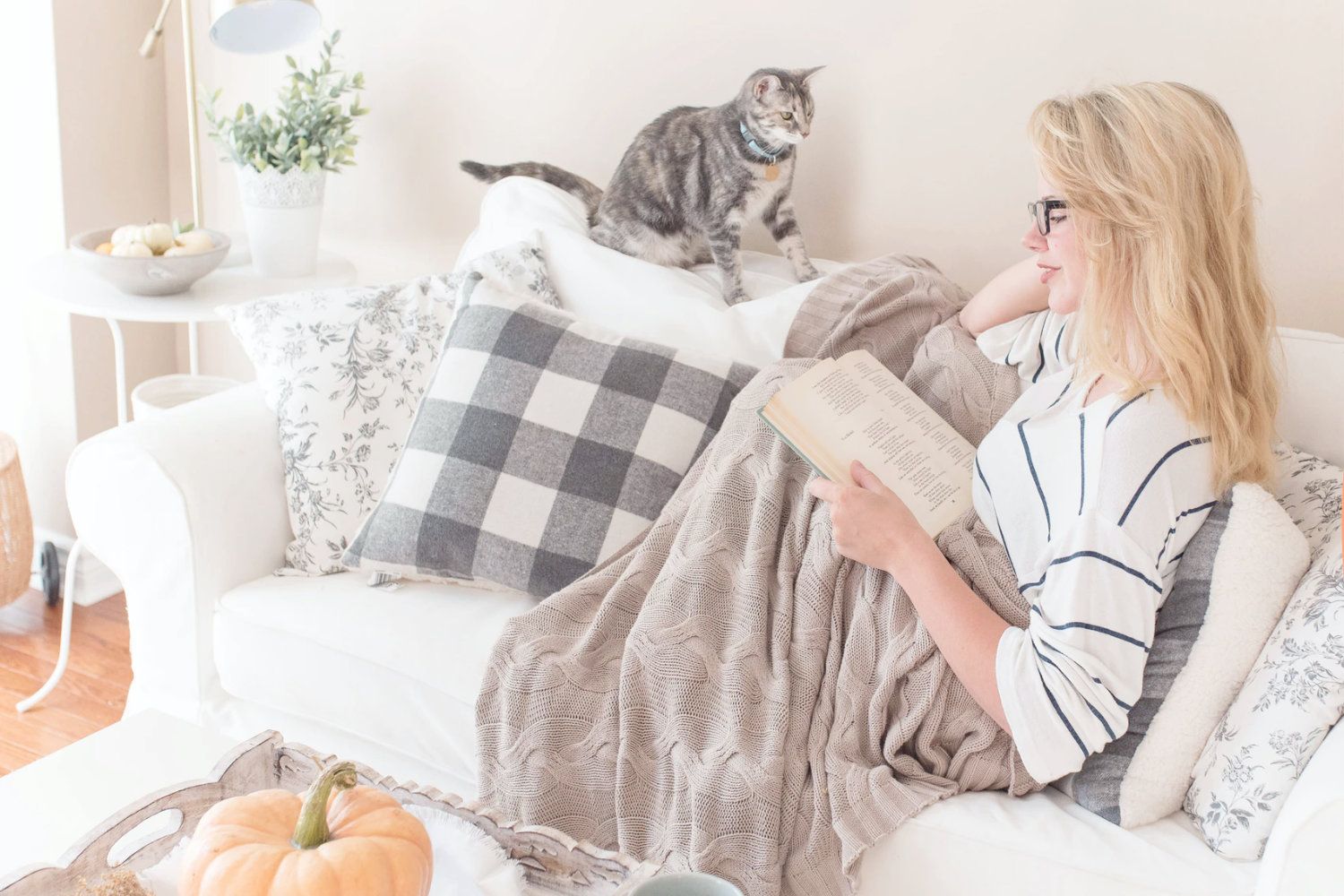Books on Writing That Are Worth Checking Out

Though the most important thing a writer can do is write, many of us gravitate toward writing about craft for inspiration
Reading about writing is a unique experience. It can teach technique, inspire, and also lend new perspectives. Writing, when one is doing it, feels like it is incredibly personal. It is, after all, a craft that often taps into one’s soul in order to take shape.
But when reading about writing, especially writing about writing from authors who are lauded as the greats, something interesting emerges: the universality of the experience of writing and of being a writer. The struggles, the freedoms, the triumphs — they’re all things that find writers of all shapes, sizes, and experience levels. Reading a good book about writing can be like curling up with a cup of tea while talking to an old friend — someone who knows just what you know. So yes, there’s plenty to learn in reading about writing, but there is also a sense of community in the pages of books about writing.
Below are just a handful of the books on writing that exist. They can help if you’re feeling creatively stuck, or in need of inspiration, or if you’ve been wondering something about when it comes to story structure or grammar.
Bird by Bird by Anne Lamott
“E.L. Doctorow said once said that ‘Writing a novel is like driving a car at night. You can see only as far as your headlights, but you can make the whole trip that way.’ You don’t have to see where you’re going, you don’t have to see your destination or everything you will pass along the way. You just have to see two or three feet ahead of you. This is right up there with the best advice on writing, or life, I have ever heard.”
So writes Anne Lamott in her book on writing, Bird by Bird, a book filled with musings on the gratitude writers should have for their ability to express, the struggle of writing a first draft, and the commitment a writer must make to telling the stories within.
The War of Art by Steven Pressfield
The War of Art appeals widely to creative people of all disciplines, and is particularly relevant to the writer who knows all too well how intimidating a blank cursor on a screen can be. Pressfield walks the reader through the fears that hold artists back and how we can break through them to fulfill our calling as artists. To preview one quote:
“If you find yourself asking yourself (and your friends), ‘Am I really a writer? Am I really an artist?’ chances are you are. The counterfeit innovator is wildly self-confident. The real one is scared to death.”
Save the Cat Writes a Novel by Jessica Brody
Save the Cat Writes a Novel is a novel version of the popular screenwriting how-to book, “Save the Cat”, written by Blake Snyder. Here, Brody breaks down the must-have elements of the novel in a way that is practical and instructional. It’s a good read for someone who has a great idea and wants to write a novel, but isn’t sure where to start or how to get through the process.
In the book, Brody relies on the belief that age-old storytelling techniques and structure are age-old for a reason:
“There’s something buried deep within our DNA as humans that makes us respond to certain storytelling elements told in a certain order,” Brody writes. “We’ve been responding to them since our primitive ancestors drew on walls and tribes told stories around campfires.”
Writing Down to the Bones by Natalie Goldberg
Goldberg’s approach to guiding writers is to encourage them to dig so deep that they’ve broken themselves, and their stories, open. Writing Down to the Bones is equal parts philosophical and practical. Because it has instructional exercises, it’s great for a writer who is feeling stuck or isn’t sure where to go next. Some excerpts include:
“Play around. Dive into absurdity and write. Take chances. You will succeed if you are fearless of failure.” “First, consider the pen you write with. It should be a fast-writing pen because your thoughts are always much faster than your hand. You don’t want to slow up your hand even more with a slow pen. A ballpoint, a pencil, a felt tip, for sure, are slow. Go to a stationery store and see what feels good to you. Try out different kinds. Don’t get too fancy and expensive. I mostly use a cheap Sheaffer fountain pen, about $1.95… You want to be able to feel the connection and texture of the pen on paper.”
Eats Shoots and Leaves by Lynne Truss
This one is less craft-oriented and more practical. For the grammar enthusiasts among us, it’s a fun read, and of course, there’s plenty to learn. Truss’s book Eats Shoots and Leaves pays homage to the almighty punctuation mark by telling us how those little symbols can deeply affect the meaning in our words, and of course, how to use them properly.
Whether you’re a seasoned novelist or a fledgling storyteller, we hope that you find inspiration wherever you need it, and that perhaps some of the reads highlighted above may be of assistance!
